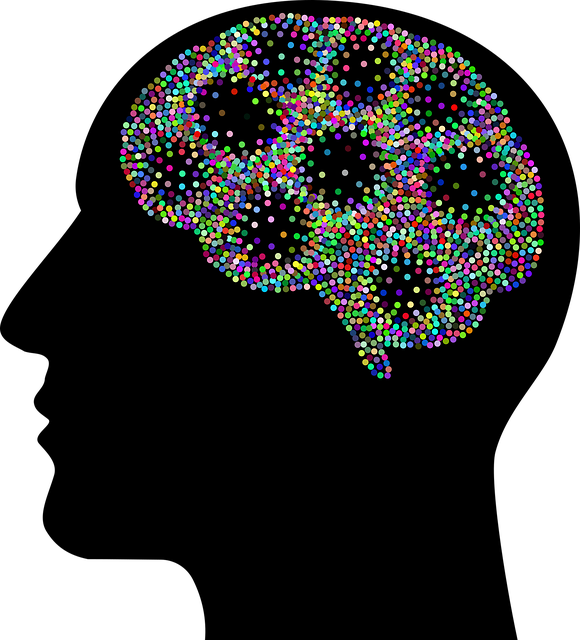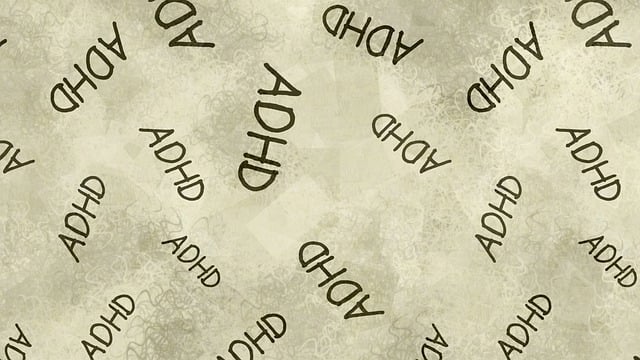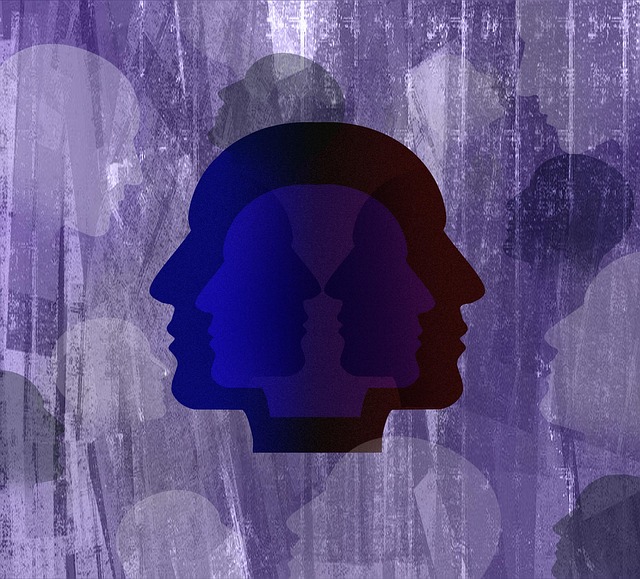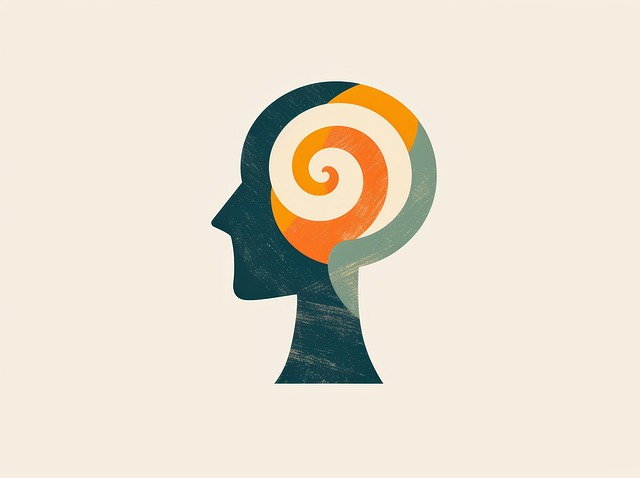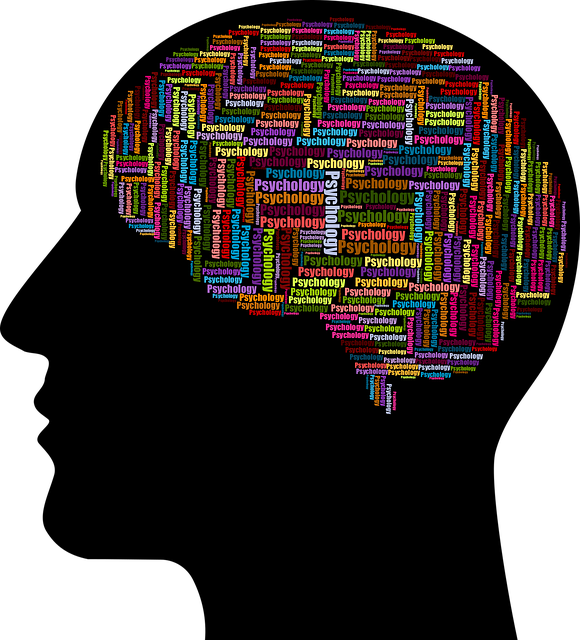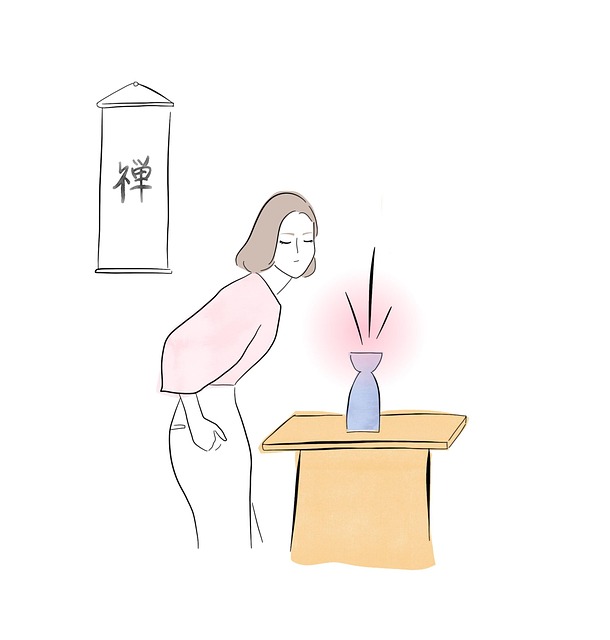Marketing Golden Phobias Therapy apps effectively requires understanding and segmenting target audiences aged 18-45 with phobias or anxiety disorders, often driven by career pressures. Messaging should resonate with fears, promote positive mental health conversations, address stigma, and appeal to those seeking inclusive care practices. Tailoring app messaging to prevalent psychological challenges like burnout and depression, while highlighting empathy building and compassion cultivation, positions the app as a valuable tool for managing these issues.
“Unveiling the path to mental wellness through a comprehensive marketing strategy for Golden Phobias Therapy app. This article delves into understanding your target audience, identifying specific phobia types and severity levels through market research. We explore unique selling points, emphasizing evidence-based techniques and life-changing results. A multi-channel approach is unveiled, leveraging social media, influencer collaborations, SEO optimization, and strategic partnerships to elevate app visibility. Discover how Golden Phobias Therapy aims to revolutionize mental wellness marketing.”
- Understanding Your Target Audience
- – Identify demographics and psychographics of ideal users for Golden Phobias Therapy app.
- – Conduct market research to uncover common mental health challenges and trends among the target audience.
Understanding Your Target Audience

Understanding your target audience is a cornerstone when developing any marketing strategy for mental wellness apps, especially those focusing on unique aspects like Golden Phobias Therapy. The first step is to segment and identify who specifically benefits from this form of treatment. Often, individuals struggling with specific phobias related to natural phenomena or social situations may be drawn to such specialized therapy. By recognizing these potential users, app developers can tailor their marketing messages to resonate with their fears and aspirations.
Marketing efforts should also address broader themes like reducing the stigma surrounding mental illness, which is a significant barrier for many seeking help. Targeted campaigns that emphasize the importance of positive thinking and self-care can encourage open conversations about mental health. Furthermore, highlighting the app’s role in fostering cultural competency among healthcare providers through training can appeal to those interested in inclusive care practices.
– Identify demographics and psychographics of ideal users for Golden Phobias Therapy app.

To develop an effective marketing strategy for the Golden Phobias Therapy app, it’s essential to pinpoint the specific user groups who stand to benefit most from its offerings. The ideal target audience for this app can be segmented based on demographics and psychographics. Demographically, the primary focus should be on individuals aged 18-45, a group that represents the majority of smartphone users and those often seeking mental health solutions. This age range includes young adults navigating career pressures, as well as mid-lifers dealing with life transitions, both of whom might be particularly susceptible to phobias and anxiety disorders.
Psychographically, the app’s marketing should target individuals who value self-improvement, emotional well-being, and holistic healing approaches. Those interested in mindfulness, meditation, and alternative therapy practices are likely to find Golden Phobias Therapy appealing. Additionally, promoting the app as a tool for learning empathy building strategies and compassion cultivation practices can attract users seeking to enhance their interpersonal skills and foster deeper connections with others.
– Conduct market research to uncover common mental health challenges and trends among the target audience.

Understanding your audience’s mental health landscape is paramount when developing an app marketing strategy for Golden Phobias Therapy or any mental wellness resource. Market research should delve into the prevalent psychological challenges and emerging trends within your target demographic. By exploring this, you can tailor your messaging to resonate with users grappling with specific issues like anxiety disorders, depression, or work-related burnout—common mental health concerns among many.
This process involves analyzing existing data on Mental Health Awareness, delving into conversations around Burnout Prevention Strategies for Healthcare Providers, and identifying effective Stress Reduction Methods. By staying informed about these topics, you can position your app as a valuable tool for managing and overcoming mental health challenges, ensuring that your marketing efforts speak directly to the needs of your audience.
In developing a marketing strategy for the Golden Phobias Therapy app, understanding the target audience is key. By identifying specific demographics and psychographics, we can tailor messaging effectively. Market research reveals prevalent mental health challenges among our ideal users, allowing us to position the app as a targeted solution. With a clear focus on these insights, Golden Phobias Therapy can successfully reach and support individuals seeking relief from phobias, ensuring a bright future in the mental wellness app market.


